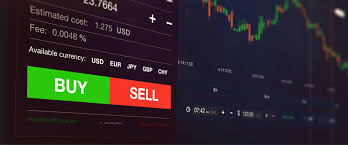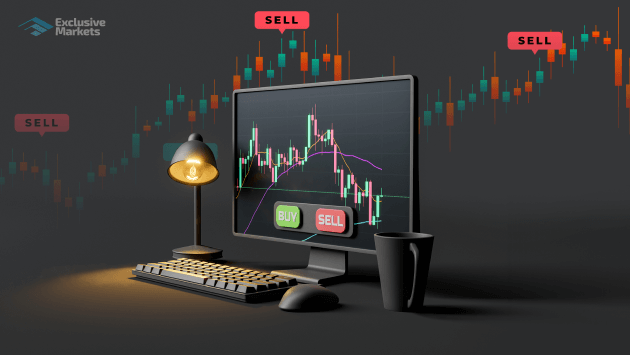
Mastering Forex Trading with Robots: A Comprehensive Guide
In the ever-evolving landscape of forex trading, one of the most significant advancements has been the introduction of automated trading systems, often referred to as robots. These systems utilize algorithms to enter and exit trades on behalf of traders. For those looking to enhance their trading performance, understanding the intricacies of robot trading is essential. In this article, we delve into the workings of robot trading, its benefits, challenges, and how traders can leverage such technology to optimize their trading strategies. You can learn more about this approach by visiting robot trading forex FX Trading Broker.
What is Robot Trading?
Robot trading, also known as algorithmic trading or automated trading, involves the use of computer programs to buy and sell currency pairs in the forex market. These trading robots follow a specific set of rules based on technical analysis, market indicators, or statistical patterns. They can analyze vast amounts of data much faster than a human trader, executing trades at optimal times without emotional interference.
How Does Robot Trading Work?
Robot trading operates on a set of predefined algorithms that dictate when to enter or exit a trade. Here is a step-by-step process of how it works:
- Strategy Development: Traders develop a trading strategy that includes entry and exit points, risk management rules, and position sizing. This strategy is then translated into an algorithm.
- Backtesting: Before deploying the trading robot in a live market, traders test the strategy against historical data to evaluate its potential performance and make necessary adjustments.
- Execution: Once satisfied with the backtesting results, traders can deploy the robot on their trading platform. The robot continuously monitors the market, executing trades according to the pre-set criteria.
- Monitoring and Adjustments: Automated trading does not mean “set it and forget it.” Traders must regularly monitor the robot’s performance and make adjustments based on changing market conditions.
Benefits of Robot Trading
Utilizing robots in forex trading offers several advantages:

- Emotionless Trading: Robots operate on logic and predefined algorithms, eliminating emotional bias that can lead to poor decisions.
- Speed and Efficiency: Robots can analyze multiple factors and execute trades within milliseconds, providing a significant advantage in fast-moving markets.
- Consistent Performance: With a properly programmed strategy, robots can maintain consistent trading performance, reducing the impact of human error.
- 24/7 Trading: Unlike human traders, robots can trade around the clock, capturing opportunities in the market even when the trader is not actively involved.
Challenges of Robot Trading
Despite the numerous benefits, there are also challenges and downsides associated with robot trading:
- Technical Issues: Glitches, server downtimes, or internet interruptions can hamper a robot’s performance, leading to potential losses.
- Over-Optimization: Traders might unintentionally make their robots overfit historical data, diminishing their effectiveness in real-time trading.
- Market Changes: Robots rely on historical patterns that may not always hold true. Significant market changes can lead to unexpected losses.
- High Initial Costs: Developing or purchasing a robust trading robot can be expensive, and not all traders may find value in the investment.
Choosing the Right Trading Robot
When considering the use of a trading robot, traders should keep the following factors in mind:
- Reputation: Research the reputation of the robot’s provider. Look for user testimonials and reviews to gauge reliability and performance.
- Customizability: Choose a robot that allows for adjustments and customization to fit personal trading strategies and risk tolerance.
- Backtesting Features: A quality robot should provide backtesting capabilities, allowing traders to evaluate performance against historical data.
- Support and Resources: Opt for trading robots that offer good customer support and educational resources to help users understand and optimize their trading experience.
Conclusion
Robot trading offers both exciting opportunities and considerable challenges for forex traders. While automated systems can enhance trading efficiency and consistency, success ultimately hinges on a trader’s ability to effectively manage and monitor their trading robots. By investing time in understanding the technology, developing robust strategies, and choosing the right tools, traders can unleash the full potential of robot trading to achieve their financial goals. As the landscape of forex trading continues to evolve, those who embrace innovative technology will undoubtedly remain at the forefront of the market.
